Choosing the right soil for pots is important. Indoor plants require well-draining, but moisture-retaining soil. Unlike top soil, soil for potted plants is far lighter and filled with a larger variety of organic material.
Still, the best soil will depend on what you’re trying to grow. Here’s our guide on everything you need to know when it comes to the best soil for pots.
More...
Best Potting Mix Australia
Product | Our Rating | Price | |
|---|---|---|---|
1. Debco Premium Potting Mix | 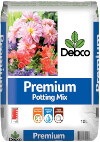 | ||
2. Burpee Organic Premium Potting Mix |  | ||
3. Hoffman Organic Cactus and Succulent Soil Mix | 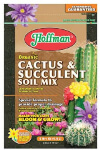 | ||
4. Sun Bulb 50000 Better GRO Special Orchid Mix | 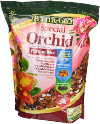 |
Can You Use Regular Soil in Your Planters?
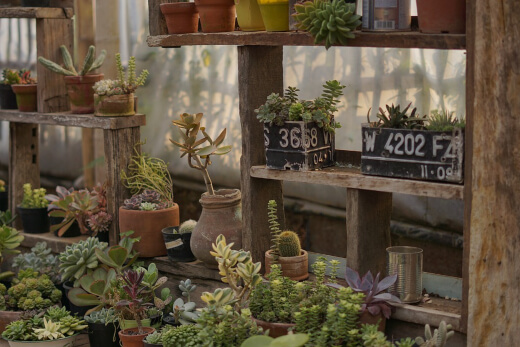
Using regular soil for your planter is not recommended. Garden soil is far too heavy and tends to compact very easily. Indoor plants require loose porous soil, so you’ll struggle to get your roots to grow if you use regular soil.
Plus, when using regular soil, you run the risk of transferring bacteria, pests and other soil issues along with it.
Pot soil, potting mix or container mix is specifically designed to drain well, but still retain the much needed moisture which is why it is also more suited for raised garden beds.
This soil is aerated and sterile with a lightweight balance of organic materials like peat, coir, bark and perlite or vermiculite.
How Do You Make Soil For Pots?
The best soil for pots planters has a good balance of organic materials and keeps the roots aerated. Of course, the exact right soil will depend entirely on what you’re growing.
Herbs, for instance, prefer a perlite heavier soil mixture. Whereas basket container plants, like baby tears or philodendron prefer a solid mix between peat, bark and vermiculite.
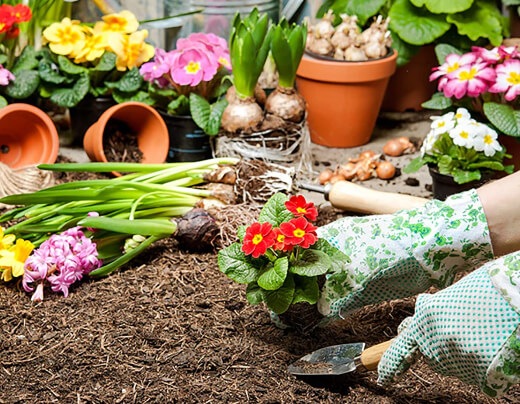
So, what are the main components of a good soil pot?
- Perlite/Vermiculite - Both perlite and vermiculite are comprised of volcanic materials and form the mineral aggregates within the soil. These little ‘rocks’ are naturally filled with air, which will keep your soil aerated. Plus, they prevent any important nutrients from washing away with watering.
- Sand/Sawdust/Shredded Bark - These elements add just the right amount of texture to the soil. Sawdust and shredded bark are known to be super-high in carbon and will boost your plants ability to absorb nutrients. Sand is used to supplement additional drainage.
More commercial soil mixes will also offer soil pot mix which has added fertiliser or compost. Modern mixes for particularly moisture-needy plants will even include hydrogels and water storing crystals.
Best Soil for Pots Varieties
The right soil pot mix will depend entirely on what you’re trying to grow. So, here’s some recommendations for:
Pot Soil for Plants & Flowers
For most plants and flowers, a decent general potting mix will do the trick. Anything with a good mix of peat, vermiculite and perlite, such as:
Pot Soil for Herbs & Vegetables
Herbs and vegetables love a good gritty soil pot mix. Choose something with a variety of organic matter like:
2. Burpee Organic Premium Potting Mix
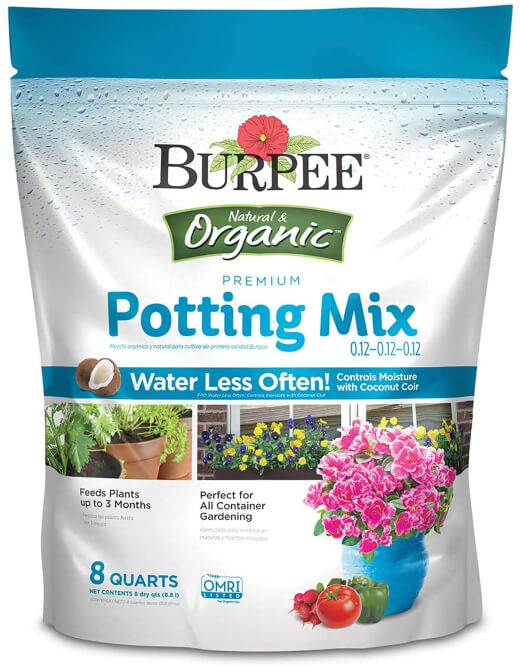
This enriched growing mix is filled with a slow-release plant food just perfect for vegetables and herbs.
Whether indoors or outdoors, this potting mix is the way to go for fresh, delicious herbs and veggies.
Pot Plant Soil for Succulents & Cacti
Succulents thrive in porous, sandy soil mixes. The more coarse the soil, the better. We recommend:
3. Hoffman Organic Cactus and Succulent Soil Mix
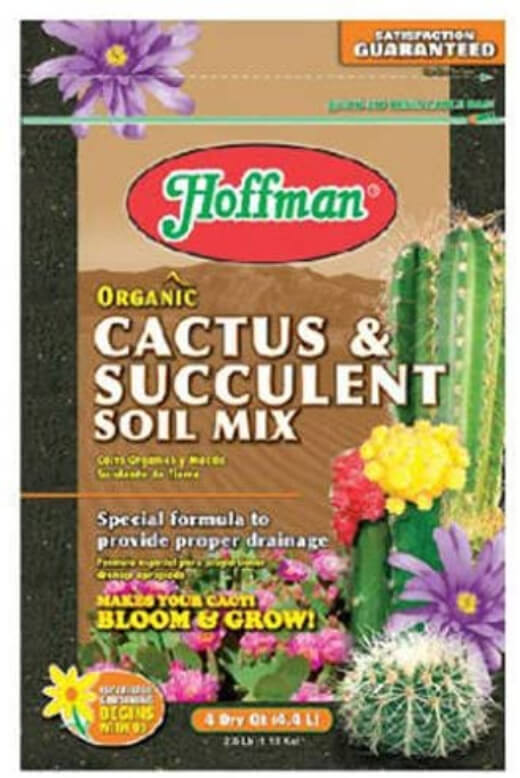
This pot soil is perfect for tropical plants and cacti. It provides a PH-balanced, highly aerated soil mixture which drains quickly. Developed for both jungle and desert succulents and cacti.
Best Pot Soil for Orchids
Orchids require a very particular mix of organic ingredients to ensure roots get the right amount of moisture. For these particularly picky plants we recommend:
4. Sun Bulb 50000 Better GRO Special Orchid Mix, 4-Quart
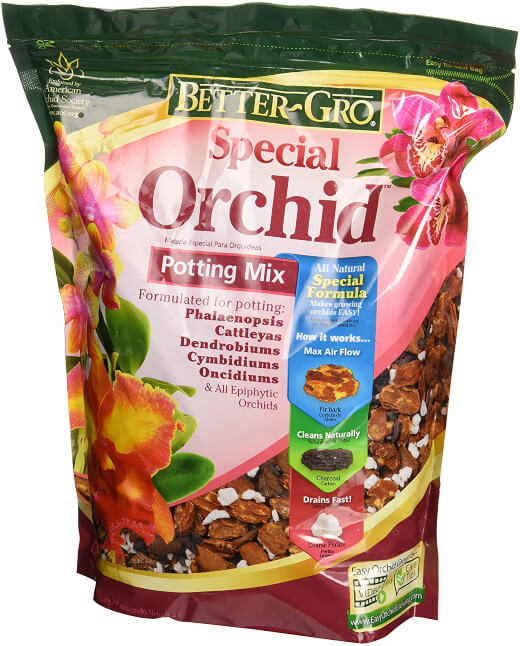
This potting mixture combines bark, charcoal and sponge rock to promote healthy roots and proper drainage. You won’t go wrong with this expert-engineered potting mix.
What’s The Difference Between Topsoil and Potting Soil
Potting soil is the ideal choice for anything in a container. Alternatively, top soil is what you’ll want to use to enrich the soil in your garden. Top soil is considered to be dirt. It’s an equal mix of sand, clay and compost which will be far too grainy and rough for any indoor plant.
Potting soil is light and enriched to make sure your plant’s roots have plenty of space and nutrients to grow.
Final Thoughts on the Best Soil For Pots in Australia
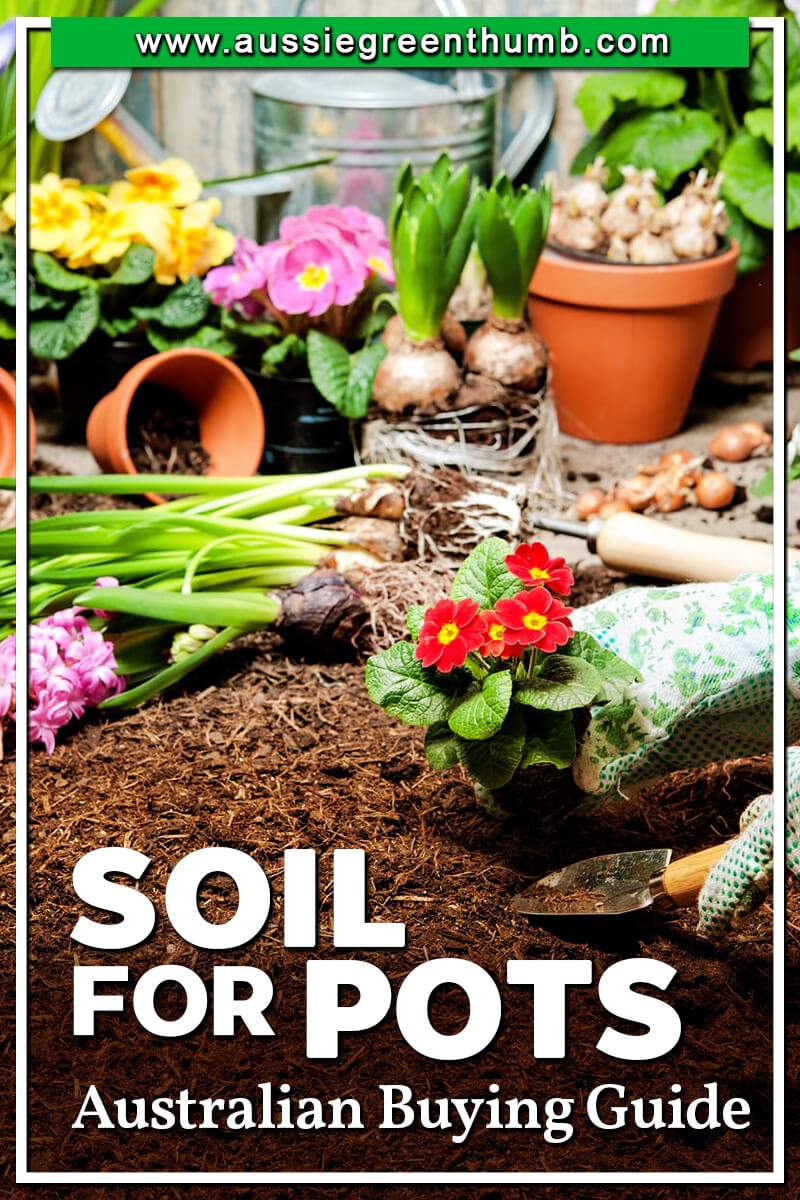
Whether you’re planning to mix together your own ideal soil mix, or whether you want to just buy a pre-made mix, the best soil for planters is one that drains well while holding moisture.
Always check exactly what your plant needs when it comes to the right pot soil. Buying the best soil for pots doesn’t need to be difficult when you really know what you’re looking for.
Published on September 10, 2021 by Clinton Anderson
Last Updated on October 25, 2023



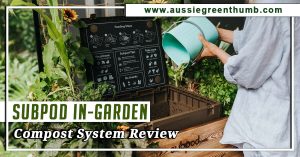
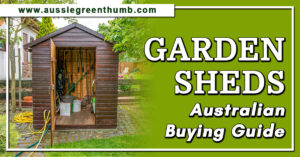
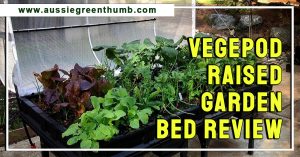
Very informative blog post that covers a great deal of questions that we get asked a lot here at Blondies Bins –
great work.
Hello AGT!
Thank you for putting this website together and maintaining it so well! I am new to gardening and just 'know' your site will be my 'go to' whenever I get stuck! It's a godsend for me!
I am collecting various plants, both indoor and outdoor. I need to repot all of them. Can you tell me if perlite and pumice serve the same purpose? If so, which do you recommend? I am going to include vermacilite in the soil mix too. Is there anything else you can suggest that I need to include in a good soil from Bunnings to keep my plants healthy?
Cheers
Lin
Hi Lin,
Welcome to gardening! Glad we can help.
Getting to know the difference between the different soil amendments can be really tricky, but you’re on the right track. Pumice and perlite generally serve the same purpose. The only difference is that pumice is more expensive. Both are inert, so don’t actually add goodness to the soil. Instead, they help to support drainage.
Vermiculite serves a similar purpose to the other two but is better for young plants as it loses its properties over time and will degrade, which means as plants establish (and need more water) the drainage properties of vermiculite reduce).
Remember too, that every plant is different. Not all plants will want the added drainage, especially in pots and containers with drainage holes, as they will dry out too quickly.
If you’re buying multipurpose compost from bunnings, it will be variable in texture (some with small chunks of part-rotted stems, some without). For young plants, remove as much chunky material as possible – especially for cacti and succulents (which will also need more perlite or pumice). For shrubs moving into bigger pots, leave the chunky compost in as it will help to retain moisture.
Good luck with all of your potting up! If you ever have questions, we’re always here, so let us know and we’ll try to help!
Best regards,
Gary Clarke